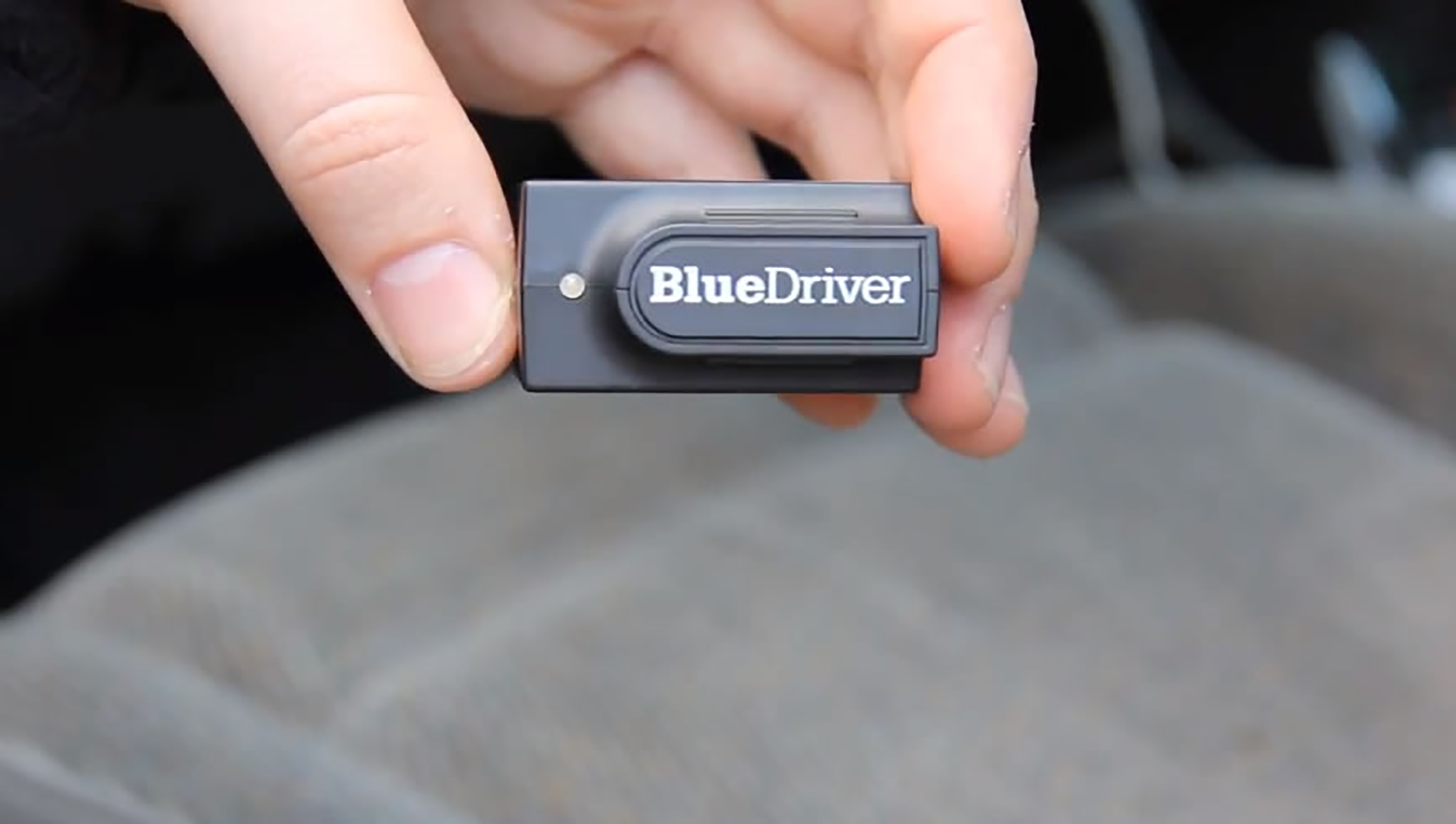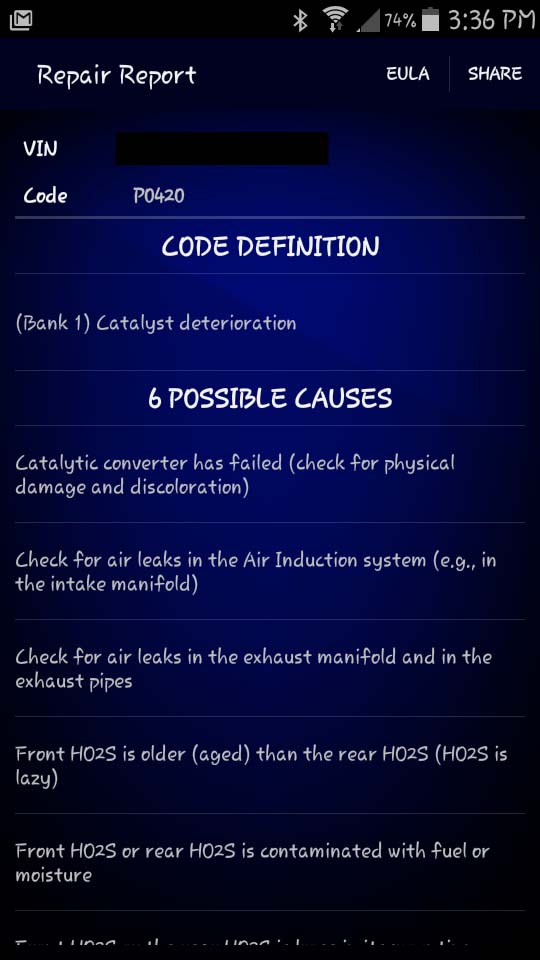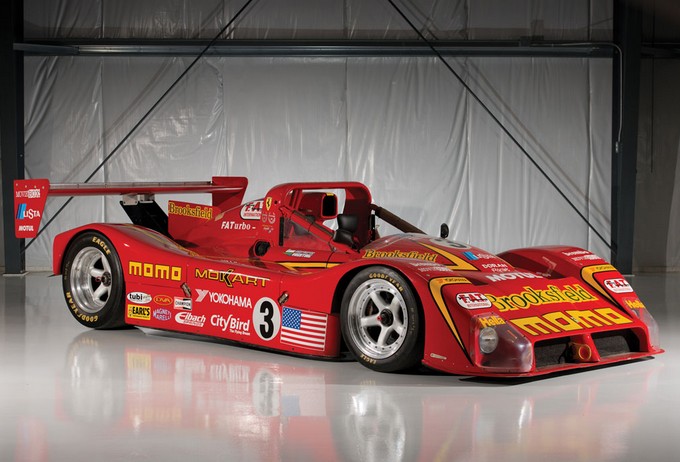Sport utility vehicles (and their half-breed cousins, crossovers) are known for their functionality and not necessarily their looks. But sometimes looks and functionality can cross and create a good-looking SUV. So here we have our Top 10 Best-Looking SUVs of all time (according to us – but please tell us why we’re wrong). Honorable mention goes to the 2004-2007 Buick Rainier, 2008-Present Buick Enclave, 2004-2006 BMW X5 4.8is, and 2012 Jeep Liberty Limited Jet. Here we go:
#10 – 2015-Present Volvo XC90

Just introduced, the new XC90 is squarish in the most Swedish way. Which is a good thing. It’s Volvo’s biggest vehicle and power comes from a range of turbo’d 2.0-liter straight-fours. It’s the first all-new Volvo since being taken over by the Chinese and it should do Sweden proud.
#9 – 2011-Present Dodge Durango

The Dodge Durango was always sort of odd looking (hideous second-generation especially). So they took 2010 off to regroup and came back with what really is a nice-looking three-row SUV. While it’s still a tall vehicle, the greenhouse is much shorter than previous versions, giving it a sleeker look. Plus, you can get them fairly decked out. Power comes in the form of either a 3.6-liter V-6 or a 5.7-liter V-8 good for 290 and 360 horsepower respectively.
#8 – 2007-2013 BMW X5

The BMW X5 has always been kind of sporty. It was BMW’s first foray into the land of off-roaders and this second-generation model is more muscular than the first gen model and not quite as creased as the one that they sell now. Honestly, the six-cylinder and V-8 models look better than the “sporty” M variant, which has ridiculous-looking air inlets below the headlights.
#7 – 2010-Present Lincoln MKT

This wagon can be somewhat polarizing. Lincoln has this sort of waterfall-grille thing going on across its model line, but these can actually be head-turners if you’re sitting in traffic. They looks especially good in black and that little kink in the glass at the back of the rear doors is a nice touch. Power comes from a 3.7-liter V-6 or the 3.5-liter EcoBoost V-6, which is good for 355 horsepower.
#6 – 2001-2006 GMC Yukon XL Denali

Anything GMC-related that has the word “Denali” appended to the end is going to be a nice ride. The GMT800 line of GM SUVs were better looking than their more recent counterparts because they just aren’t as over-the-top rap-star looking. These were really nice Suburbans, essentially, and the newer ones just seem like dumbed-down Escalades.
#5 – 1980-1989 Toyota Land Cruiser

This big boxy truck from Toyota goes a little farther back than everything else on our list thus far. Toyota has been in the SUV game a long time – going back to the 1951 BJ (there was a Toyopet SUV before that, too). The J60 Land Crusier went from supreme off-roader to on-roader with off-roading capability. But doesn’t it just look like it wants to play in the sand? Engine choices were a variety of straight-sixes.
#4 – 1992-1993 GMC Typhoon

No doubt the rarest SUV on this list with just 4,697 produced, the GMC Typhoon (and its sister car, the GMC Syclone pickup) were factory hot rod versions on more mundane trucks. It invented the sporty-SUV segment. It’s powered by a turbocharged 4.3-liter V-6 making 280 horsepower. Car & Driver compared the performance of this truck to that of the Ferrari 348. And it looks pretty good too.
#3 – 1990-Present Mercedes-Benz G-Class

At 25 years old, the current G-Class might be most familiar to you as the choice ride for Russian mobsters and all-around European bad guys. Available in a huge range of versions since its introduction, the Geländewagen can sometimes look quite nice, although the hot rod G63 AMG version above is a little overwrought with add-on bits. But the G63 is intense: 537 horsepower from a twin turbo 5.5-liter V-8. And it’s only the second-most powerful version!
#2 – 1990-2015 Land Rover Defender

As old as the G-Wagen above, the similarly-styled Land Rover Defender is one of the more serious SUVs money can buy. As posh as Land Rovers have become, they are still the most capable vehicles on earth. This truck is available in three different wheelbases and we particularly like the long-wheelbase versions, like the one above. Don’t even ask about powertrain options.
#1 – 1984-1991 Jeep Grand Wagoneer

Photo – Christopher Ziemnowicz
AMC-era Jeeps (Wrangler not included) are some of Jeep’s best-ever looking products. The wood-grain panels on the side really set this apart. Woodie wagons sort of stopped being cool in the 1950s and everything that came after about 1951 was a sort of dorky station wagon driven embarrassingly by your parents. Except for this. This is the only acceptable wood-paneled car produced after 1955. And it will likely become one of the most collectible SUVs ever built.

















 Once it’s paired, you can read any error codes your car is throwing as well as run a smog check (if you live in an unfortunate state) and run live diagnostic checks that will tell you different temperatures and things – all color coded so you know what’s wrong (you can also log data as you drive).
Once it’s paired, you can read any error codes your car is throwing as well as run a smog check (if you live in an unfortunate state) and run live diagnostic checks that will tell you different temperatures and things – all color coded so you know what’s wrong (you can also log data as you drive).







